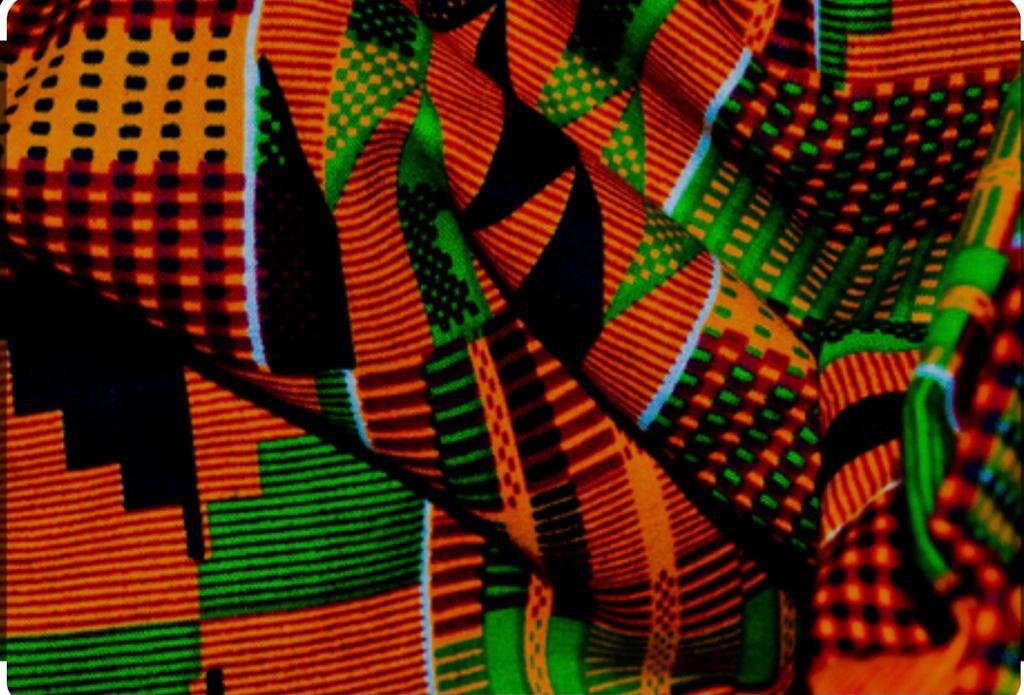The Witness Tree Institute (WTIG) played a pivotal role in facilitating an enlightening tour of Kumasi, a city steeped in the rich cultural heritage of Ghana. This journey was an immersive experience that delved into the heart of Kente weaving, exploring not only its mesmerizing artistry but also the profound meanings hidden within its intricate symbols.
Guided by the expertise of WTIG, the tour of Kumasi provided participants with a unique opportunity to witness the captivating world of Kente weaving firsthand. The institute orchestrated visits to dedicated workshops where master weavers demonstrated the meticulous process of setting up the loom and threading the vibrant threads, a laborious yet essential step in the creation of Kente cloth. Participants were able to witness the rhythmic dance of the weavers' fingers as they brought to life the mesmerizing motifs, each pattern infused with centuries-old cultural significance and stories.
One of the highlights of the tour was delving into the symbolic meanings that lie beneath the surface of Kente designs. The Witness Tree Institute arranged engaging discussions with local artisans and historians, who unveiled the intricate narratives woven into each pattern. From geometric shapes representing unity and community to complex color arrangements signifying historical events, these symbols served as a tapestry of stories that spoke to the values and beliefs cherished by the Ghanaian people.
With WTIG's guidance, participants had the privilege of learning about the profound meanings that often stem from proverbs, virtues, and ancestral wisdom. This deep dive into the symbolism imbued within Kente patterns transformed the experience from a mere observational tour into an intimate exploration of culture and identity.
The Witness Tree Institute's dedication to cultural preservation and education was evident throughout the tour. Through their careful curation and facilitation, participants were able to connect not only with the artistry of Kente weaving but also with the stories that have been woven into the fabric of Ghanaian society for generations.
In essence, the collaboration between the Witness Tree Institute and the Kente weaving artisans of Kumasi was a bridge between tradition and modernity, heritage and innovation. The tour exemplified how organizations like WTIG play a vital role in fostering an understanding and appreciation for cultural practices, ensuring that these valuable traditions continue to thrive in a changing world.
Edith Boatemaa Acheampong 7 to 9 grade English,NyigbenyaD/A Basic


